
The Ultenic D10 robot vacuum presents itself as a promising household helper with LiDAR navigation and advanced matrix cleaning. Equipped with the manufacturer’s own app integration, up to five maps can be saved and personal cleaning plans can be created. The Ultenic D10 is particularly suitable for hard floors and carpets. With a price below the €200 mark, the aim is to appeal to the masses.
In the following test, we will find out to what extent the suction power and results are convincing and whether the Ultenic D10 offers good value for money.
Technical data
| Model | D10 |
| Suction power | 3.000 Pascal |
| Suction levels | four levels |
| Wiping levels | four levels |
| Dimensions | 320 x 320 x 95 mm |
| Navigation and object detection | LDS LiDAR |
| Water tank capacity | 250 ml |
| Dirt container capacity | 350 ml |
| Battery capacity | 2.600 mAh |
| Max. Battery life | 150 min |
| Battery weight | 3.2 kg |
| Price | € 199.99 * |
Scope of delivery
- Robot vacuum cleaner with charging station and accessories
- Additional replacement set with HEPA filter, wiping cloth and side brush
In addition to the actual vacuum and mopping robot, the scope of delivery also includes the corresponding charging station with mains adapter. However, the loose side brush still needs to be fitted to the robot before it can be used for the first time. It is pleasing that an additional replacement set consisting of a second HEPA filter, a second mop cloth and another side brush is included. Of course, the usual operating instructions are also included. The scope of delivery is rounded off by a small cleaning brush and the quick start guide in conjunction with the warranty card.
Assembly
- Insert the side brush on the left on the underside
- Fully charge the robot using the charging station (approx. 5 hours)
- Charging station: 0.5 m free space to the side and 1.5 m to the front
Before you can start vacuuming with the Ultenic D10, it must first be made ready for use. To do this, a side brush is removed from the scope of delivery and inserted into the left-hand slot on the underside. The robot must now be fully charged once via the charging station, which can take up to 5 hours. As far as the ideal location is concerned, the charging station should preferably have a clearance of 50 cm on both sides and a distance of approx. 1.5 m to the front. This ensures that the Ultenic D10 can find the charging station independently and can turn around without any problems.
Appearance & workmanship
- Unobtrusive design with central LiDAR tower
- Robust workmanship with sufficient sensors
- Loudspeaker too loud ex works, app customization required
Visually, the Ultenic D10 is not particularly striking. The LiDAR tower for scanning the surroundings is located in the middle of the top, with two function buttons and a small LED next to it. On the underside, the built-in technology is visible, ranging from the wheels for locomotion and the pins for charging to the cleaning brushes and wiping cloth.
Despite the price, there is hardly anything to complain about in terms of workmanship. The Ultenic D10 has no unsightly defects and also leaves a good technical impression on the data sheet. However, the built-in loudspeaker could be improved, as it is excessively drowned out in the standard setting (approx. 75%) and you can hardly understand any of the spoken information. The volume in the app should definitely be reduced to approx. 50%.
Features
- Rotatable LiDAR sensor for real-time detection and mapping
- Matrix cleaning effectively minimizes overlooked stains
- Dust container and water tank can be emptied manually
Ultenic itself is not entirely clear about the suction power. On the box supplied, the suction power is stated as 3,000 Pascal, while the Internet advertises 4,000 Pascal. Regardless of this, there is a rotating LiDAR sensor on board that can detect obstacles in real time and skillfully avoid them. This is also responsible for mapping and is an indicator for the Ultenic D10 as to how the vacuum mop covers its routes. In contrast to conventional robot hoovers in this price range, the D10 also has matrix cleaning. This means that the robot does not just mindlessly work through one row after the other, but proceeds according to a targeted grid, which should minimize the likelihood of overlooked spots.
The dust container with water tank is attached to the back and can be removed using a clip mechanism. This tank holds a total of approx. 250 ml of water, while the dust container holds 350 ml. As the Ultenic D10 does not have a suction station, it must be emptied independently or regularly.
App scope
- Comprehensive control with simple integration into your own WLAN
- Offers map display, room cleaning selection and voice assistant integration
- German videos for initial setup and troubleshooting available
The manufacturer’s own app with the simple name “Ultenic” does indeed offer a wide range of functions, even for the inexpensive Ultenic D10 robot hoover. After creating an account, the initial setup is explained with videos and some help is provided in the event of errors. Pairing with the in-house 2.4 GHz WLAN, on the other hand, worked without any problems for us.
As far as the app’s range of functions is concerned, the current map is displayed when the D10 is selected and the last suction process is displayed visually. This map is generated automatically via the LiDAR sensor, which can take approx. 10 minutes during initial start-up. A maximum of five maps can be stored in the application. Furthermore, the scanned areas are automatically subdivided, but can also be adjusted manually if required. In addition, exclusion zones can be assigned, which the Ultenic D10 avoids with ease. The suction power or water flow rate can also be adjusted in four stages, and this even works on a room-specific basis. You can also select in the overview whether you want to clean a specific room or a specific zone. Should a mishap occur, you can mark this point on the map and the Ultenic D10 will clean the area immediately.
Other functions include remote control of the robot vacuum, viewing the cleaning history and scheduling fixed appointments for automatic cleaning. This is possible on a daily basis and you can also choose whether the entire map or, for example, only certain rooms should be used. Integration with Amazon Alexa, Google Home or Apple Siri Shortcuts is also available.
Practical test
- Solid suction power with convincing navigation
- Good results on smooth floors, limited on carpets
- Mopping function only effective at the highest water flow level
Navigation and obstacle detection
In the practical test, the Ultenic D10 proves to be a solid cleaning assistant that is quite convincing in its price range. After filling up with water and clicking on Start in the app, the D10 follows its dynamically calculated route. Thanks to its LiDAR sensor, the vacuum wiper works its way through the home in a controlled and targeted manner. Robotic vacuum cleaners without this sensor tend to rely on the random principle. The first mapping run was surprisingly reliable and much more comfortable than you would expect in this price range. It is also astonishing that obstacles and even steps are recognized without a blocking surface and skilfully avoided.
Suction power
However, the suction and mopping performance is somewhat limited. Here, the Ultenic D10 has to admit defeat to the more powerful, but also more expensive models. Nevertheless, the D10 delivers a reliable cleaning performance, which is indeed noticeable on smooth hard floors. It delivers good results on house dust and hair. However, residue can remain on heavier soiling, which is why double cleaning should be considered in this case.
The Ultenic D10 is much more challenging on carpets, even if the corresponding Boost is active in the app. If you have smooth carpets, the D10 delivers a convincing result and sucks up any dust particles. On high carpets, however, the vacuum wiper stumbles and does not penetrate into the deeper areas.
Wiping performance
Like almost all modern robot hoovers, the Ultenic D10 also has a mopping function. As is usual in this price range, it uses a simple, damp cloth. More expensive models, on the other hand, use two rotating cloths for an even higher cleaning performance. Regardless of this, the Ultenic D10 only achieves a visible mopping effect in the two highest water flow settings. It is therefore advisable to set the strongest level for simple cleaning. However, if you prefer double cleaning, the second strongest setting is sufficient.
Cleaning
- Dust container must be emptied manually
- Preferably clean the HEPA and primary filters with a cleaning brush
After the work is done, the Ultenic D10 must be cleaned in good time so that there is room for new dust for the next cleaning process. To do this, the dust container with water tank is unlocked by briefly pressing the button on the back and pulled out to the rear. The accumulated dust can now be disposed of manually in the waste. The HEPA and primary filters should then be removed and cleaned with the cleaning brush supplied. As the dust container is waterproof, it is also advisable to rinse it completely once and then simply leave it to dry.
The wiping cloth should also be washed at regular intervals. Constant contact with water makes it easy for germs and bacteria to accumulate on the mop, which then spread across the entire floor. For hygienic reasons, this measure is therefore highly recommended.
Ultenic D10 test: Conclusion
The Ultenic D10 is a low-cost robot vacuum cleaner that is particularly suitable for households with predominantly smooth floors. With its cleaning functions, which are based on a side brush and a damp cloth, the D10 offers basic support for floor care. However, more advanced functions such as a scrubbing mechanism, a suction station and automatic cleaning of the mop pad must be dispensed with. Of course, this is primarily due to the price, but the Ultenic D10 offers excellent value for money, especially in the under 200 euro range.
In addition, the Ultenic D10 is of solid quality and offers a beautifully designed app with many functions. In this respect, Ultenic can clearly compete with other manufacturers. Furthermore, obstacle detection works extremely well thanks to the built-in LiDAR sensor and the matrix cleaning was also convincing in the test.
To summarize: If you can do without advanced functions and don’t want to dig too deep into your pocket, the Ultenic D10 is a reliable everyday floor cleaner with solid cleaning performance.
Ultenic D10
Design & workmanship
Usability
Cleaning performance
Features
Value for money
84/100
The Ultenic D10 offers solid suction power and good value for money. However, the mopping function is rather primitive.


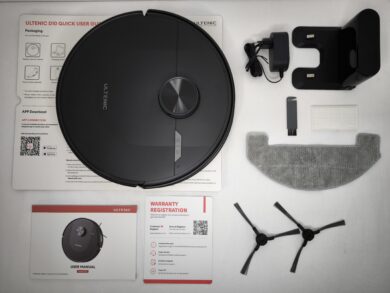
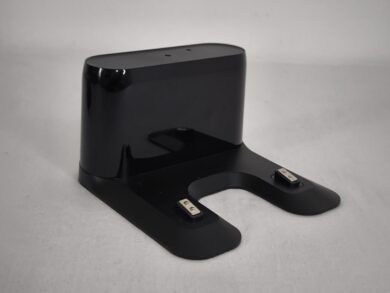
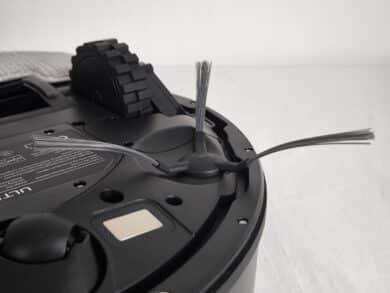
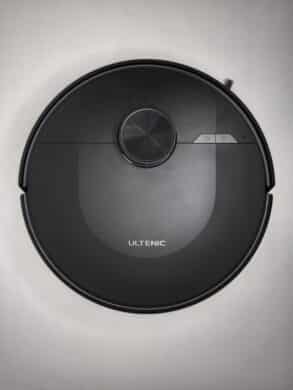
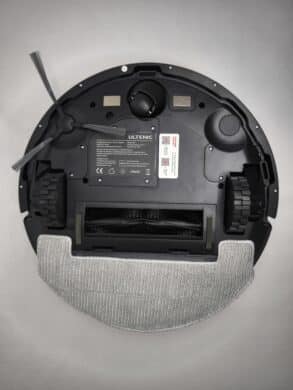
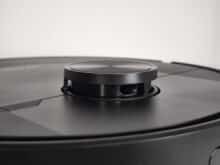
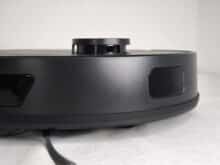
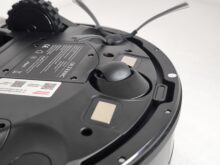
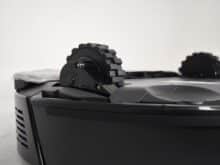

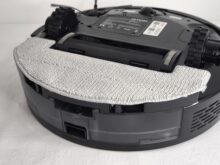

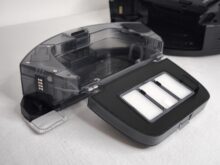










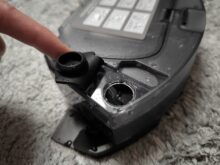
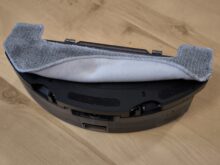


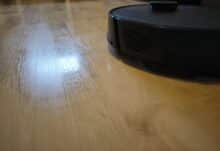

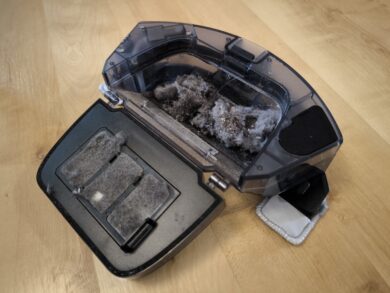

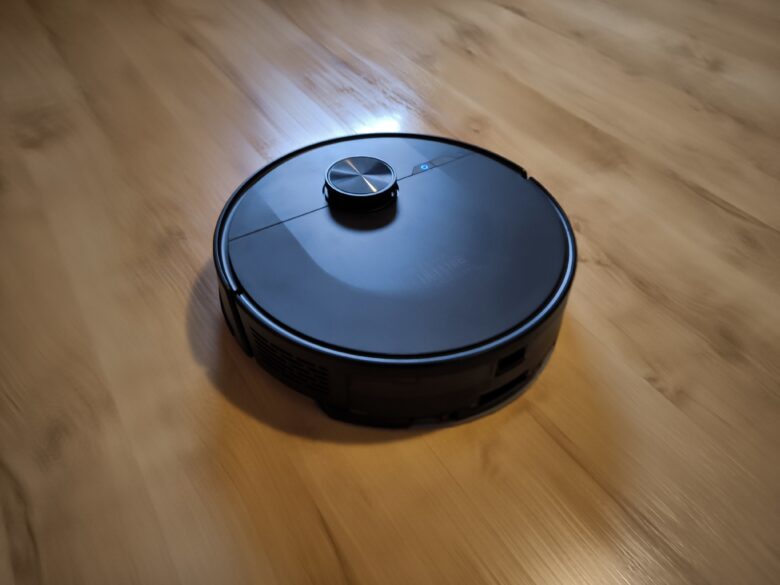

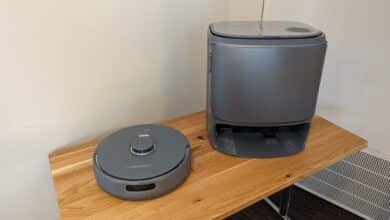

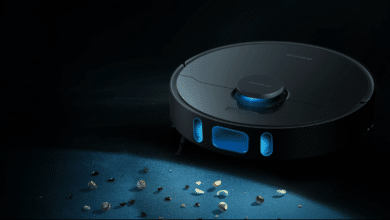

No replies yet
Neue Antworten laden...
Gehört zum Inventar
Beteilige dich an der Diskussion in der Basic Tutorials Community →